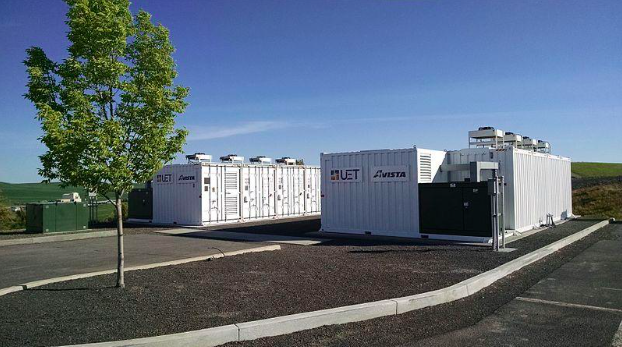Hopefully, you’ll have read our battery storage series of blogs (if not- find them here) and for our final blog on the topic, we’ll be discussing the flexibility of the system and how this could be an asset to your business.
Being flexible with how we consume energy means there’s greater control; making sure the power generated and delivered matches the amount used at all times. Ofgem define flexibility as ‘modifying generation and/or consumption patterns in reaction to an external signal (such as a change in price) to provide a service within the energy system.’
The energy industry and the National Grid have traditionally always worked on the ‘supply-side’ to ensure that the supply always meets the demand- e.g. altering how much electricity the power stations are generating, and Network Operators building more cables to make sure customers are reached- reacting to customer demand. The system as a whole though is changing and adapting as customers are demanding more and more energy and technology is advancing.
Methods of flexibility
Demand-side Response (DSR)- A scheme to incentivise customers to lower or shift their electricity use at peak times. This will be via special tariffs and schemes which will reward customers for changing when they use their electricity.
Energy Storage- Using batteries as a method of storage on a business site is an incredibly beneficial way for a business to not only avoid peak charges for energy, but is also a source of income to sell the energy stored here back to the National Grid when they need it. The National Grid has an obligation that they must keep the frequency +/- 1% of 50Hz and have to ensure that enough generation and consumption is available to balance the whole system. If the demand for electricity suddenly increases, the frequency response services- i.e. those with battery storage systems who are part of the grid- must be able to act fast (sometimes within 1 second!) As an idea for the benefits- customers could expect to earn from £25K to £70K per MW of capacity P.A.
Demand Turn-Up- This service will pay businesses to increase their demand during times there is a lowered demand for energy and therefore too much energy within the system. One example of this is wind farms- producing a valuable national commodity of renewable energy; if the energy demand is insufficient the National Grid will ask a farm to decrease their input into the Grid which incurs a considerable and unnecessary cost. Therefore if they can find customers to use the energy – note: to use the energy, not waste it! – then this could give eligible businesses the opportunity to earn new revenue and increase the amount of renewable energy entering the National Grid.
Moving away from a linear one-way electricity- from large generators through the transmission and distribution networks to reach customers, the structural changes to the network are making huge differences to how energy is distributed. Generation of energy will be distributed between multiple sources, new technology and business models are being developed and customers are more in control of their energy use in terms of monitoring and managing it. Whilst no one is yet sure of what the new system will look like, the future of energy is a flexible system which will allow for significant savings for both the decarbonised electricity system and individual consumers. If you’d like to talk to an energy adviser at The Energy Network about battery storage or flexibility within your system- we’re always on hand, so get in touch!

